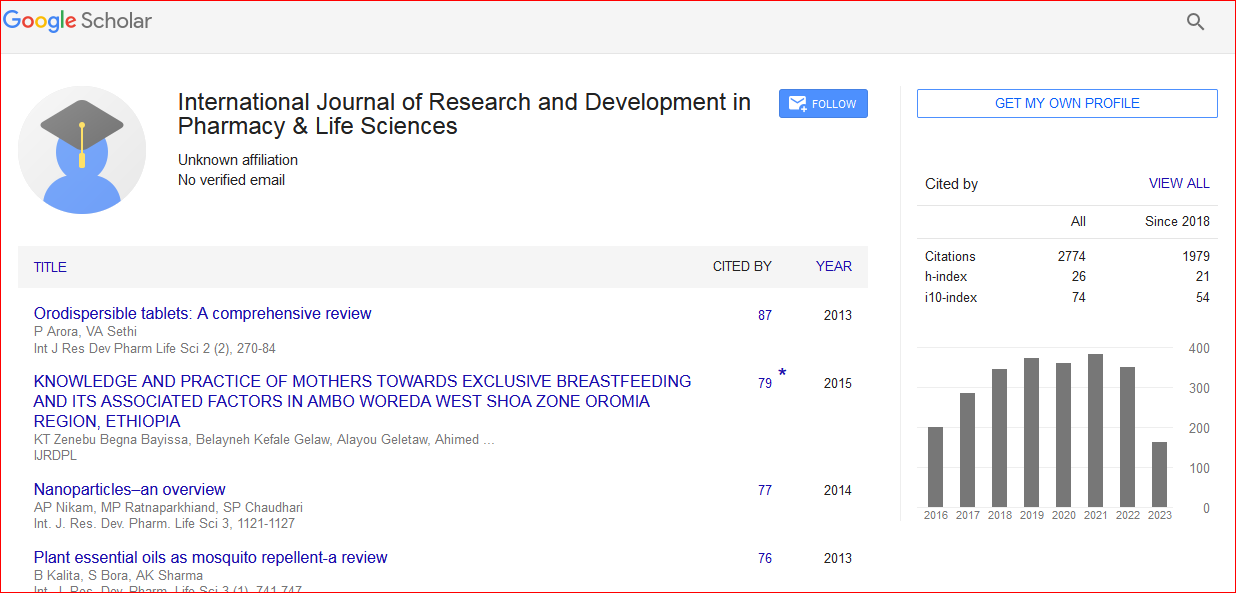Research Article
DRUG USE EVALUATION OF ANTIEPILEPTIC DRUGS IN OUTPATIENT EPILEPSY CLINIC OF BISHOFT GENERAL HOSPITAL, EAST SHOA, ETHIOPIA
Abstract
Background: Epilepsy, a chronic condition defined as two or more recurrent, unprovoked seizures, which has the highest incidence at the end of life. Antiepileptic drugs (AEDs) are primary therapeutic mode for epilepsy. AED treatment has been demonstrated to control seizure, which decreases morbidity and mortality associated with epilepsy. Nevertheless, the risks of significant adverse effects and drug interaction increase when more than one drug is used. Hence, drug use evaluation (DUE) programs play a key role in helping managed health care systems understand, interpret, and improve the prescribing, administration, and use of AEDs. Objective: The purpose of this study was to evaluate use of antiepileptic drugs in epilepsy Outpatient Clinic of Bishoftu General Hospital (BGH), East Shewa, Ethiopia. Method: A retrospective cross-sectional study was applied and all the necessary data was collected from the epileptic patient cards using the pre-developed data collection format. The data collection was conducted from March 10 to April 10, 2014. Result: A total of 259 patients’ information cards which contain AEDs were studied. Among them 135 were males and 124 were females. Out of total 15, 65, 172 and 7 of the patients were in the age group of < 5, 5-18, 19-65 and > 65years, respectively. Generalized tonic-clonic (48.6%) were the most common type of epileptic seizure seen. Monotherapy (88%) was most frequently used. Headache (47.8%) was the commonest adverse effect complained by the patients. The most commonly prescribed AED was phenobarbitone (92.8%), followed by Phenytoin (3.8%). Fifty four percent (54.4%) of AED use was in accordance with the indication set in the national standard treatment guideline while 2.9% were inappropriate. Also, 121(44%) of the indications were found to be difficult to know whether they are correct or incorrect indications since the type of epilepsy was not identified & written on the patient card. There were 16.5% under dose, 1.1% over dose and 12.7% AED use was with incorrect duration. There were potential drug-drug interactions in 5%. Conclusions and recommendations: The present study has attempted to reveal the practical use of AEDs in epilepsy Outpatient Clinic of Bishoftu General Hospital (BGH), East Shewa, Ethiopia. Consequently, the classification of seizure as well as the use of drugs with potential drug interaction, dose and duration problem needs urgent interventions

 Spanish
Spanish  Chinese
Chinese  Russian
Russian  German
German  French
French  Japanese
Japanese  Portuguese
Portuguese  Hindi
Hindi 
